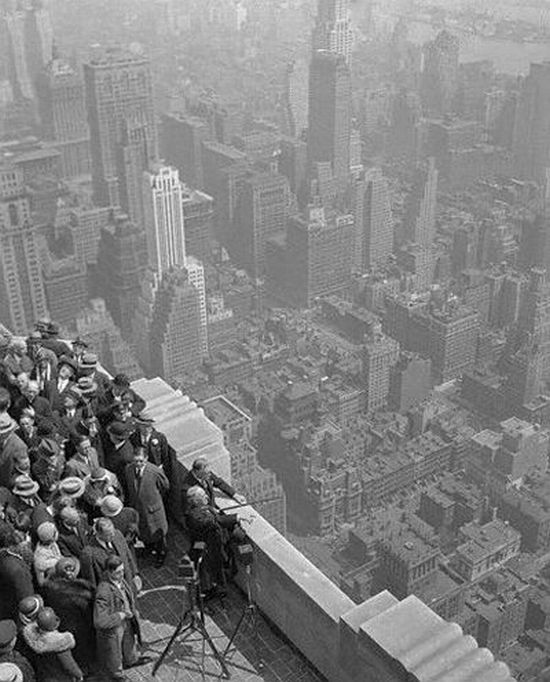|
|
History: Black And White Photos Of New York City, United States
|
After the war, the assassination of Lincoln radicalized Republican Reconstruction policies aimed at reintegrating and rebuilding the Southern states while ensuring the rights of the newly freed slaves. The resolution of the disputed 1876 presidential election by the Compromise of 1877 ended Reconstruction; Jim Crow laws soon disenfranchised many African Americans. In the North, urbanization and an unprecedented influx of immigrants from Southern and Eastern Europe hastened the country's industrialization. The wave of immigration, lasting until 1929, provided labor and transformed American culture. National infrastructure development spurred economic growth. The 1867 Alaska Purchase from Russia completed the country's mainland expansion. The Wounded Knee Massacre in 1890 was the last major armed conflict of the Indian Wars. In 1893, the indigenous monarchy of the Pacific Kingdom of Hawaii was overthrown in a coup led by American residents; the United States annexed the archipelago in 1898. Victory in the Spanish–American War the same year demonstrated that the United States was a world power and led to the annexation of Puerto Rico, Guam, and the Philippines. The Philippines gained independence a half-century later; Puerto Rico and Guam remain U.S. territories.
World War I, Great Depression, and World War II
At the outbreak of World War I in 1914, the United States remained neutral. Most Americans sympathized with the British and French, although many opposed intervention. In 1917, the United States joined the Allies, helping to turn the tide against the Central Powers. After the war, the Senate did not ratify the Treaty of Versailles, which established the League of Nations. The country pursued a policy of unilateralism, verging on isolationism. In 1920, the women's rights movement won passage of a constitutional amendment granting women's suffrage. The prosperity of the Roaring Twenties ended with the Wall Street Crash of 1929 that triggered the Great Depression. After his election as president in 1932, Franklin D. Roosevelt responded with the New Deal, a range of policies increasing government intervention in the economy. The Dust Bowl of the mid-1930s impoverished many farming communities and spurred a new wave of western migration.
|
|









